We might have gone (sort of) paperless in the modern world, but we’re still a long way from going wireless. Despite my best efforts, my desk and other tech hot-spots in my home are often the site of a twisted cable nightmare.
Which is terrible, because I like my cables to be managed and invisible if at all possible, but coming up with solutions on the fly (since I’m always rearranging stuff) is tough. Then again—I have a 3D printer! So I logically there must be plenty of cable management stuff I could print on-demand. Turns out the answer to that is “very much so.”
I’ve Bought So Many Cable Management Macguffins Over the Years
Before I had a 3D printer, I spent a fair amount of money buying accessories meant to tame cables. Possibly my favorite, which I ended up using quite a bit, is the humble spiral wrap. It lets me selectively extract cables along its length, but the downside is that removing and reapplying them is a huge pain.
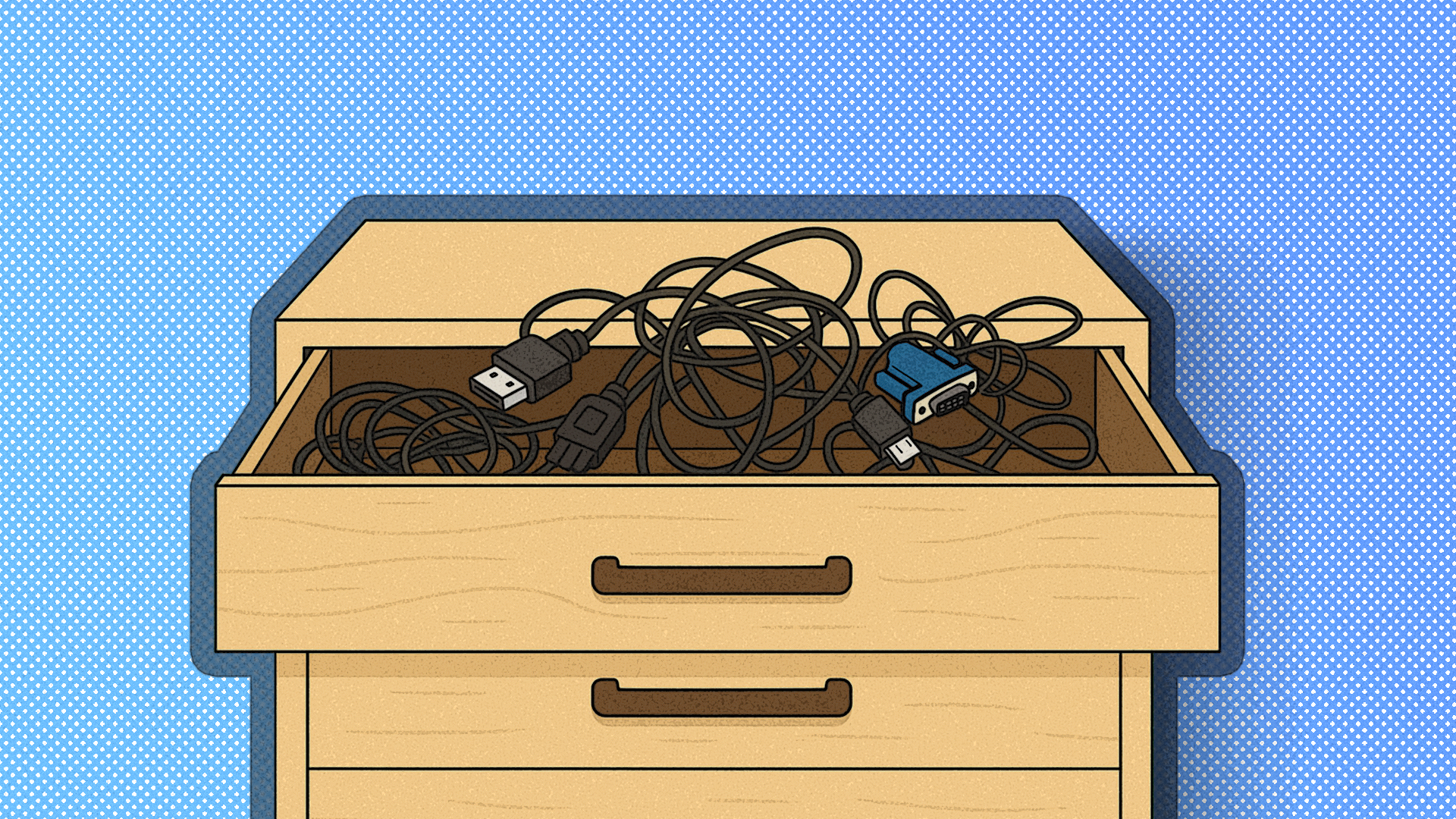
Related
In Defense of That Drawer Full of Old Cables You Have
The real cable guy.
I’ve also become quite a big fan of those under-desk baskets. This is the one I use under my own desk.
I know what you’re thinking—that doesn’t look very “managed” at all. Yes, the whole problem is that I have to add and remove things with cables often, so I end up not making proper use of the little loops on the basket that are meant for cable management. However, at the very least, the basket lifts all the cables that don’t need to be near or on the floor, away from it.
At least the top of my desk is nice and relatively cable-free, and my feet don’t get tangled in them either–that’s a small victory in my book. The last part of my usual cable-management arsenal are those little velcro cable straps. Some people like to use more permanent zip-ties, but that can damage the cable if you over-tighten them, and you have to cut them off if you need to change anything. So it’s Velcro for me or nothing.
Nothing Is Ever Exactly Right
The biggest problem I have is that none of these solutions are ever exactly right. They get close to what I need, but because I need them to be flexible in changing situations, I have to be happy with “close enough” most of the time. In particular, cable clamps,clips, and other hard management accessories tend to be too big, too small, or have the wrong number of cable management slots for my needs.
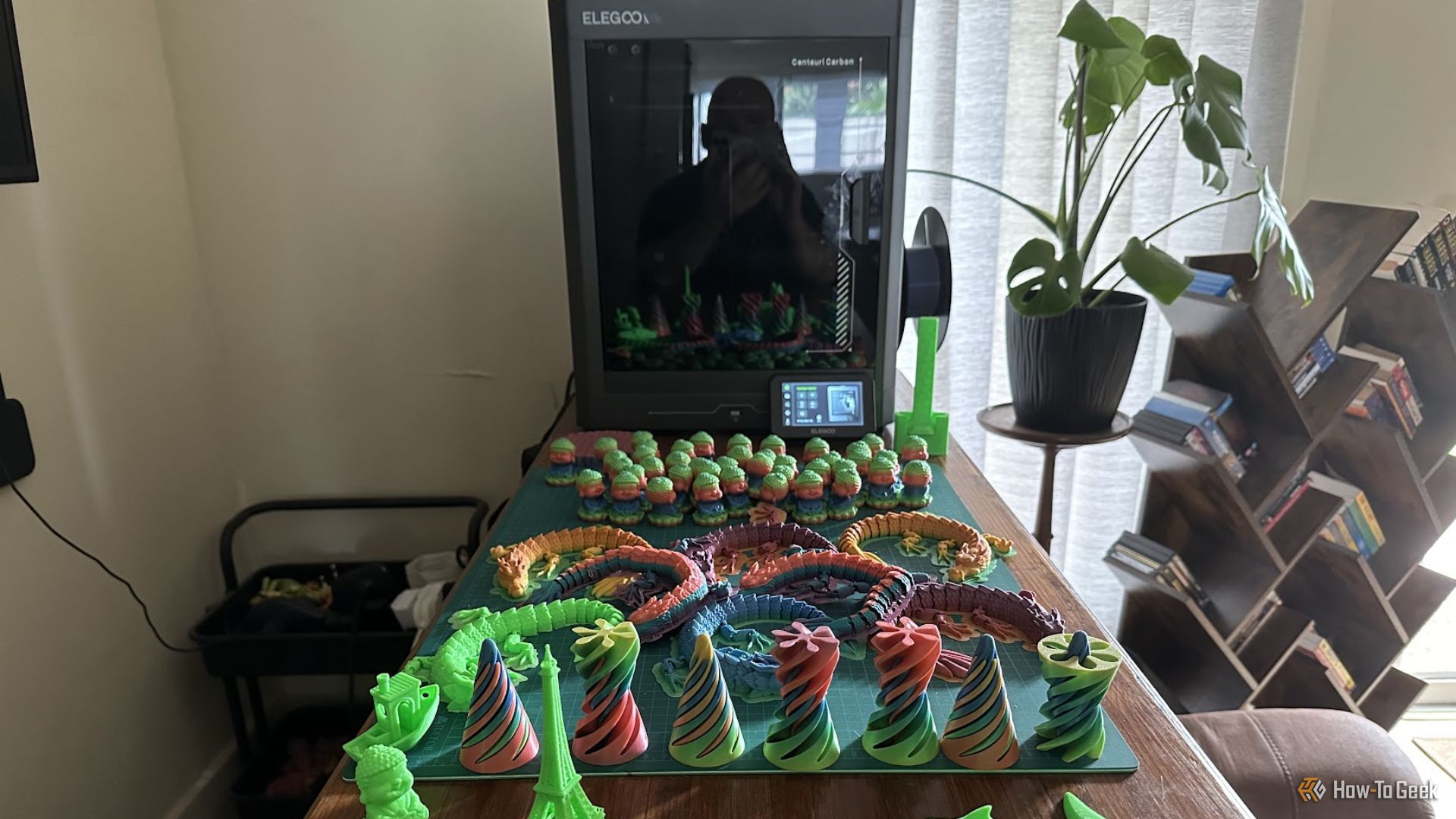
Related
Elegoo Centauri Carbon Review: There’s No Reason to Buy Anything Else
Elegoo blows the bottom out of the market.
It Started Out With 3D-Printed Stands
I had originally bought a 3D printer for my wife’s small business. We would license print-in-place models and then sell them at the local market for a bit of extra money. Later, I would get a second printer just for my own use in the form of the Elegoo Centauri.
Of course, since we now have 3D printers, there was no reason I couldn’t explore more practical uses for this pseudo-replicator. One of the very first things I printed was this stand for my Switch Pro Controller.
From there, I’ve printed a bunch of phone stands, laptop stands, and pretty much anything that would help a device of some kind—stand up. These stands work out incredibly cheap when you look at the material and power costs. Even cheaper than buying them on Temu, and they’ll arrive much sooner too.

Related
4 Reasons I’ve Started Buying Stuff Through Temu
The temptation is real.
I Found Infinite Cable Management Solutions Online
Hopping online, I found a wealth of cable management stuff designed by just regular folks in the community. Of course, as with anything, there are a lot of poorly-designed things as well. However, you can easily see which has the best community ratings. Personally, I prefer using Cults 3D, but take your pick of the many awesome 3D model sites online.
What I also like is that many of these models are already on late version numbers. The creators take feedback from the community and make tweaks to get the cable management gadgets into a more refined state. They become more modular, they solve unforeseen issues, and generally do a better job than the cheap stuff you can find at your local store.
The best thing, however, is the fact that you can print these cable management tools at any size, you can slice and fuse parts as you please, or modify them in 3D modeling software. For me, being able to print something at the exact size I need for the cables I’m using is the killer feature.
Also, you can take your pick of materials and colors, which makes it easier to either make the cable management goodies part of the decoration, or make them disappear.
Check Out These Cool Cable Solutions
I’m still experimenting with the different designs I’ve found, hoping that I’ll stumble on the perfect solution, but there are already three great designs that I’ve started using, or I have some big plans for.
First is this extremely simple Cable Organizer by SPONGE.
This is one I printed using some spare PETG filament, but I’ve found that cleaning something this small printed in that material is a pain, which means PLA will be what I’m mainly going to target for these. They literally take just a few minutes to print, and as you can see in this photo by SPONGE themselves, they take up very little space.
It’s so simple, yet so clever. Once the cable is in, it’s not going to accidentally slip out, but it’s never under any actual tension. You just need some double-sided tape or other suitable adhesive, and you can pretty much guide your cable all along its route. I think I want to stick a whole bunch of these under my desk’s top so I can route cable underneath and behind it.
The next one I’ve already started using in my kitchen at our impromptu charging station is USB Cable Reel by MANABUNLAB.
This is a simple solution, but I’m sure it was tricky to design. The reel comes in three parts, and it has a threaded component, so your printer needs to be calibrated correctly or that won’t work smoothly.
All you have to do is thread the ends of the cable through the holes, and then insert the two caps and screw them together. Once that’s done, just rotate the center part of the reel, and you can adjust the length of your cable with ease. Now, I’m planning to print upsized versions of these so that an HDMI cable will fit.
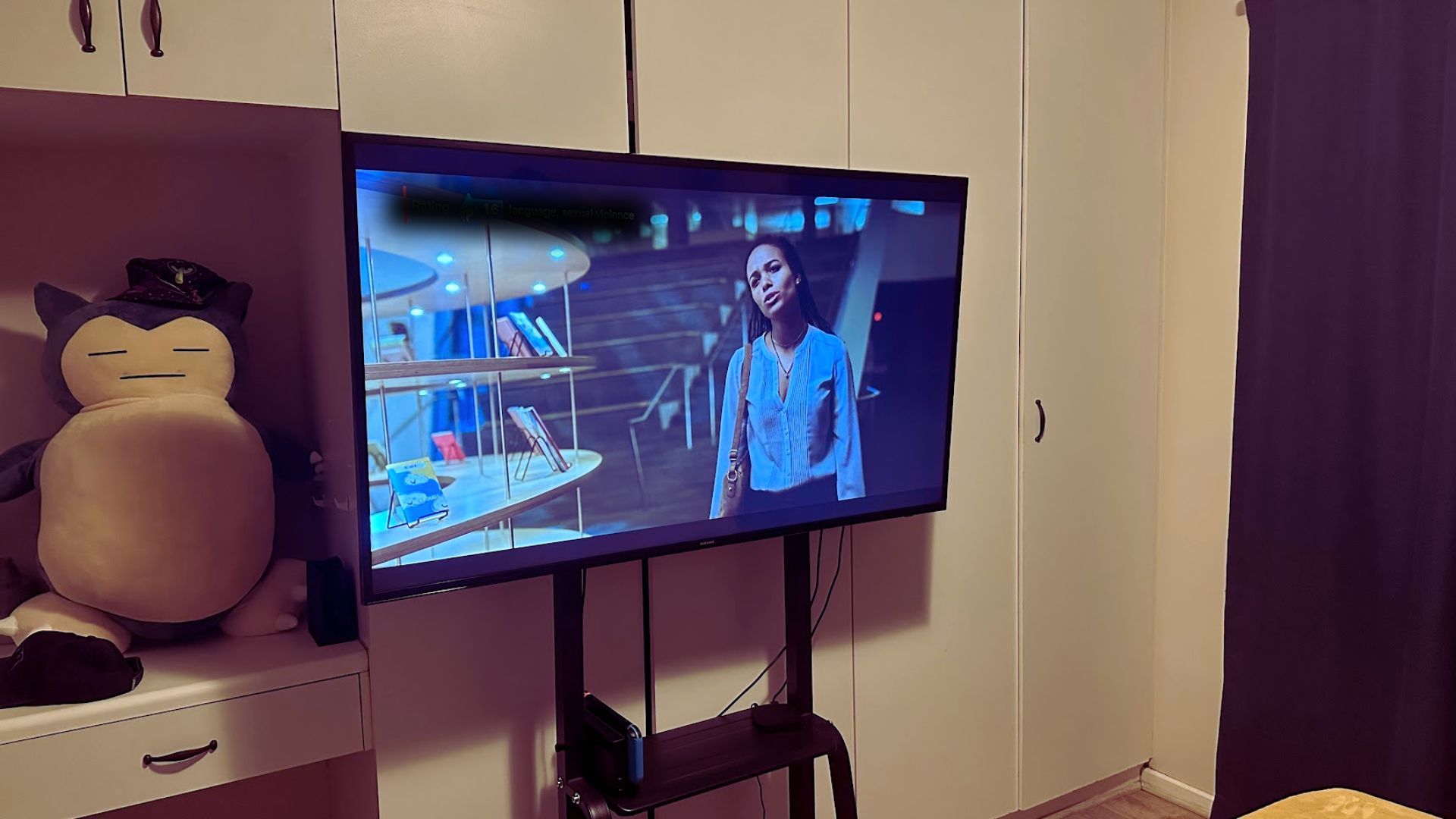
Related
How a Mobile TV Stand Solved My Bedroom TV Problems
When a stand delivers.
I have an AV cart that I use in the bedroom (or wherever I need it) and the HDMI cables are just too long. So this might be a good solution that will also let me just lengthen the cable when I need to swap a component out.
Finally, and perhaps my favorite so far, is Cable Management by CHANAKAPRASADCW.
This is the PETG tester I printed out on me Elegoo Centauri and I think it’s clearly going to be one of the most useful ones. Specifically if I upsize it.Again, I’m thinking I should print one or two that are big enough to handle HDMI cables, and attach these to the back of my AV cart, and at least one to the back of my desk.

- Build Volume
-
10.4in x 10.4in x 10.4in
- Printing Speed
-
500mm/s
The Centauri Carbon is Elegoo’s first core XY printer, going up against printers like the Creality K1C, Bambu Lab P1S, and Bambu Lab X1 but at half the price in many cases. This would seem like a joke if the printer itself wasn’t so competent and well put together.
It’s early days for me when it comes to managing cables with 3D-printed devices, but I have a feeling my gadget future will be a lot less “medusa” than it’s been so far.


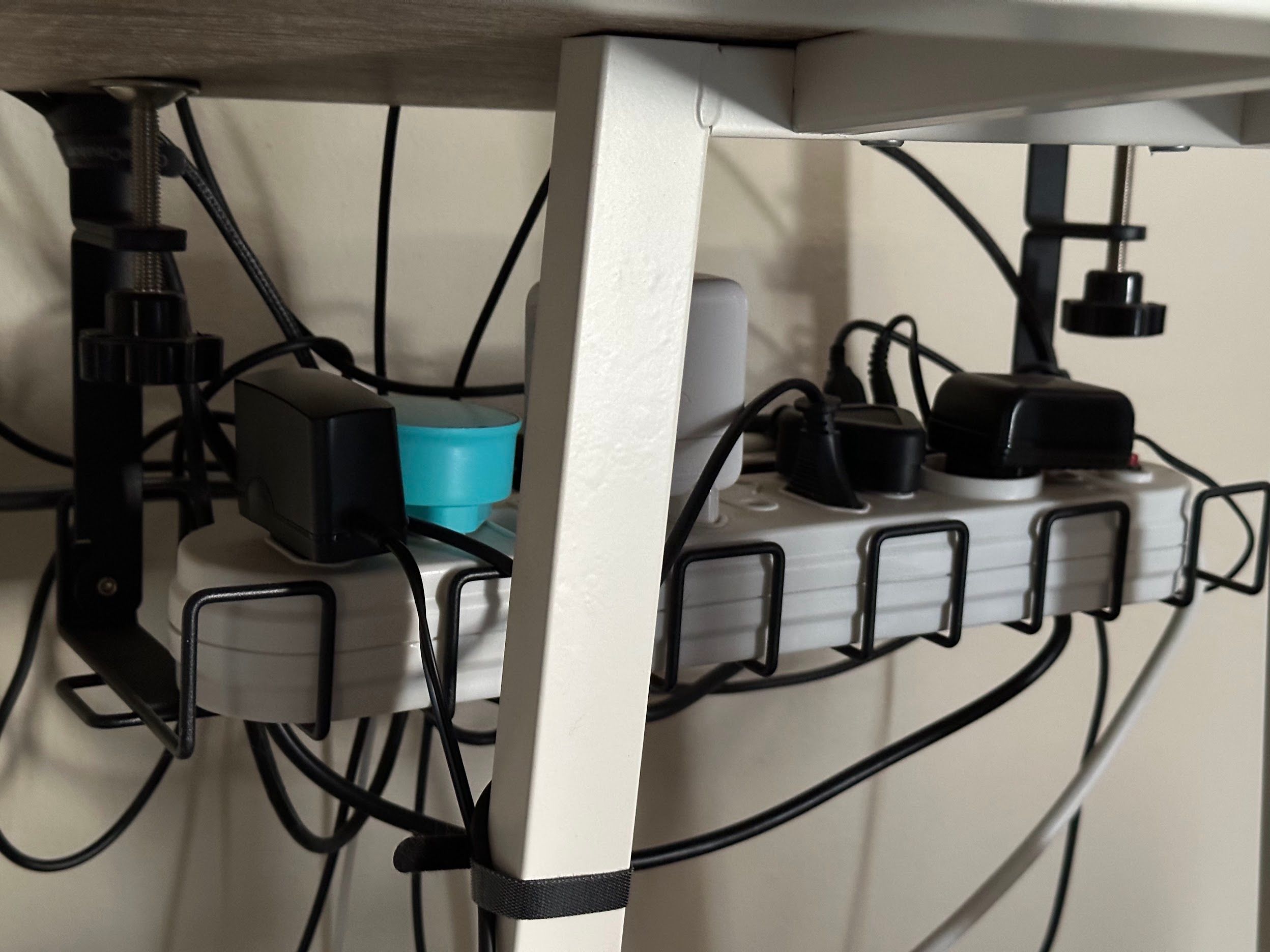
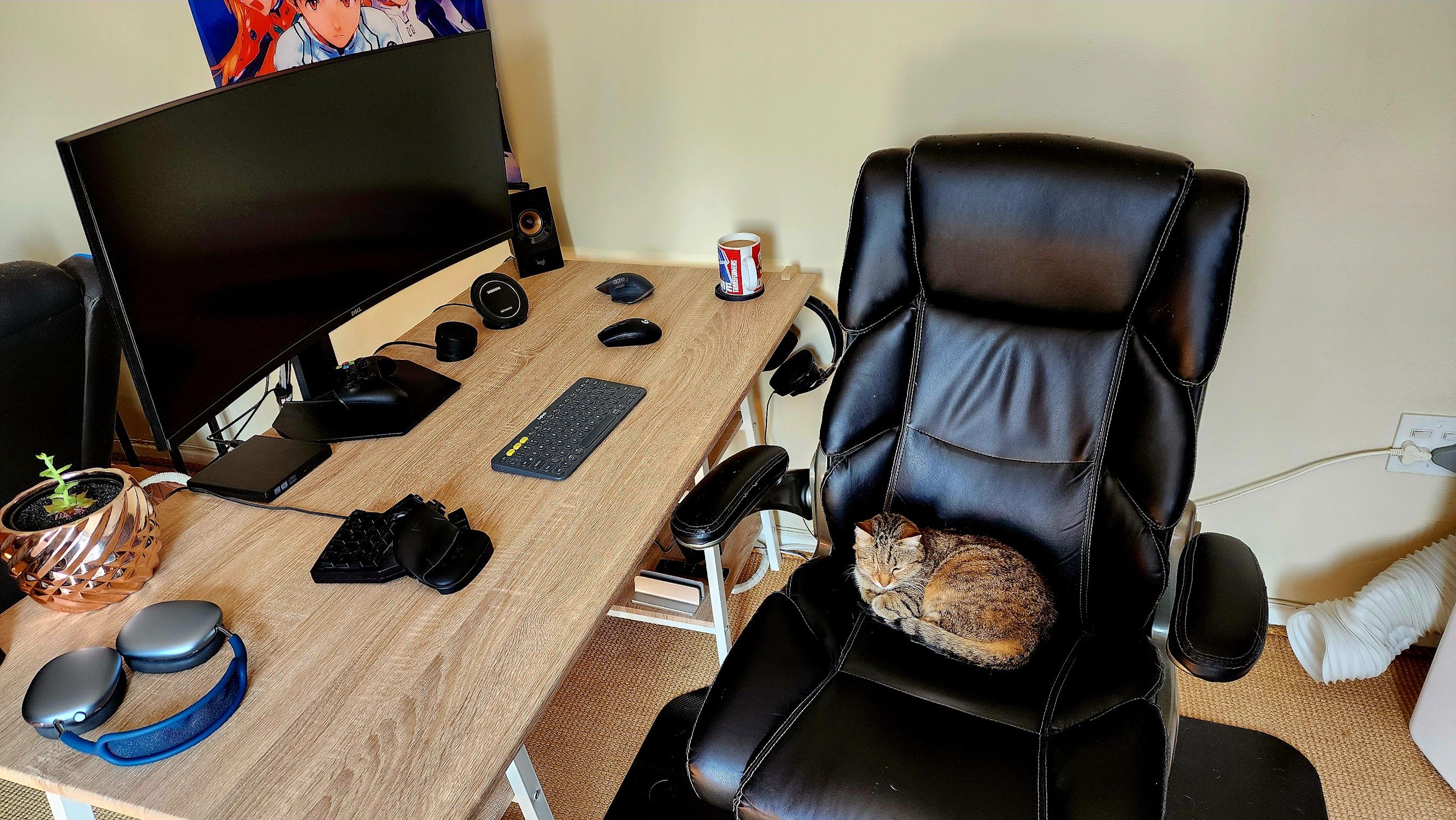
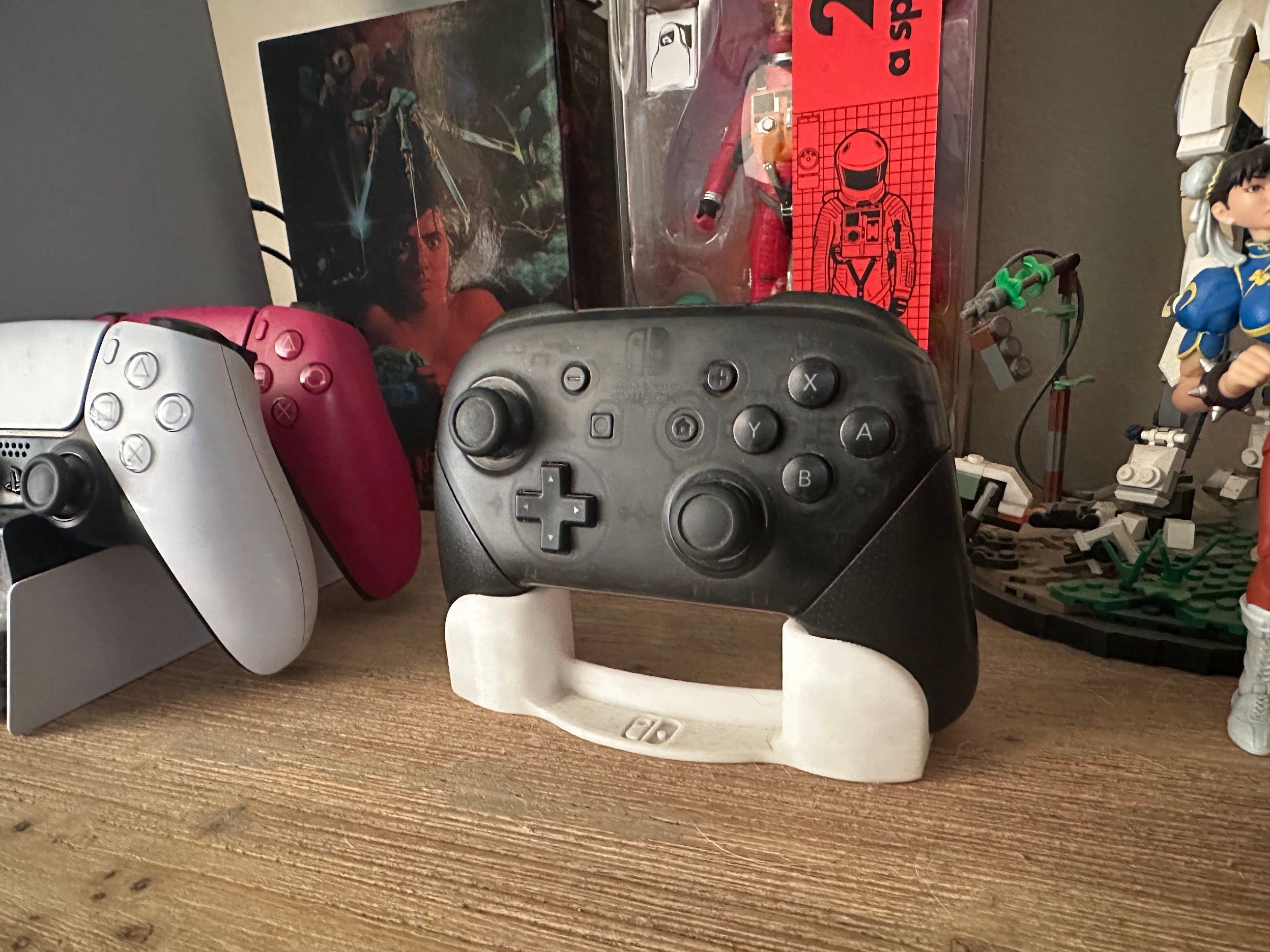
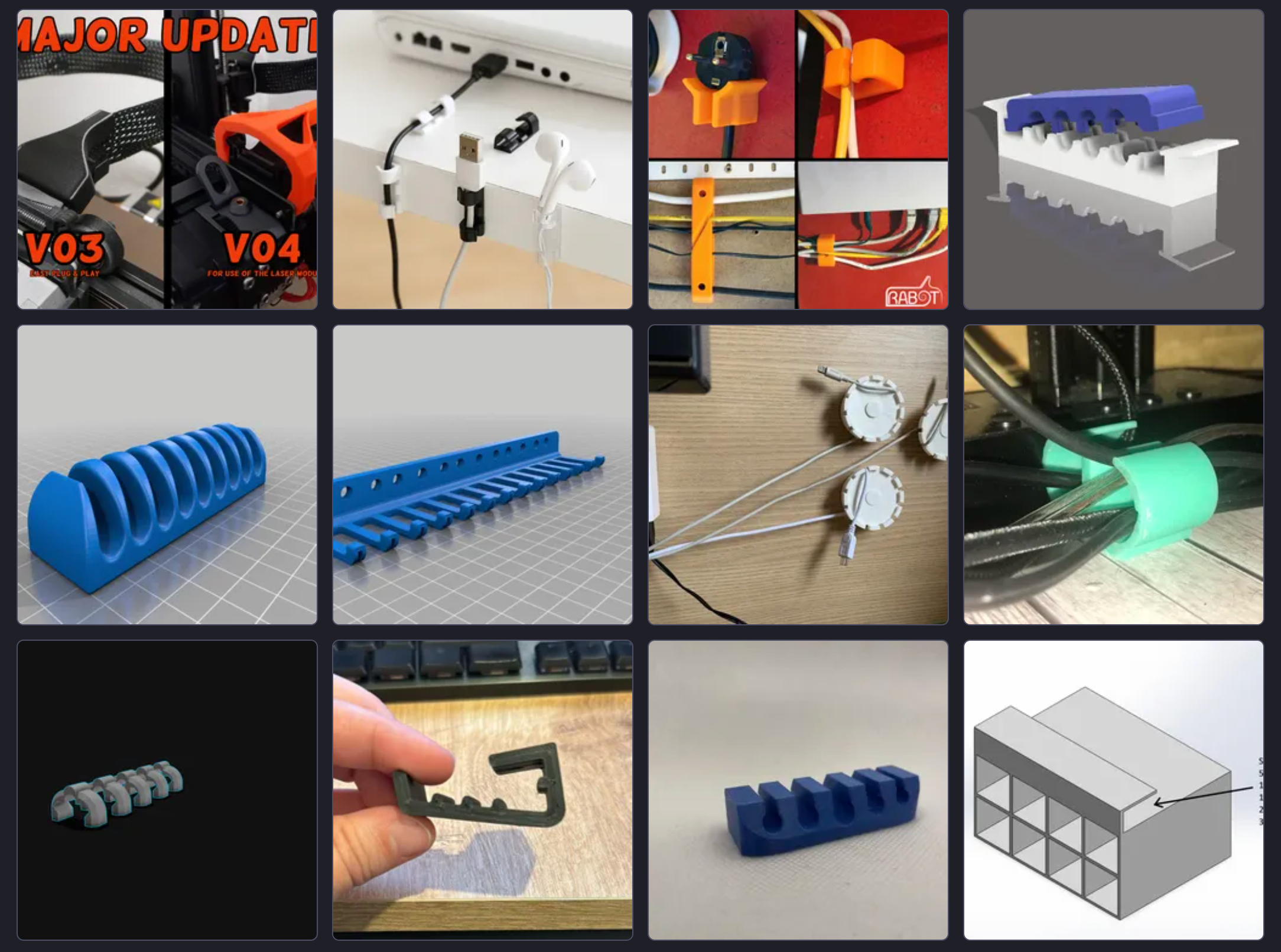
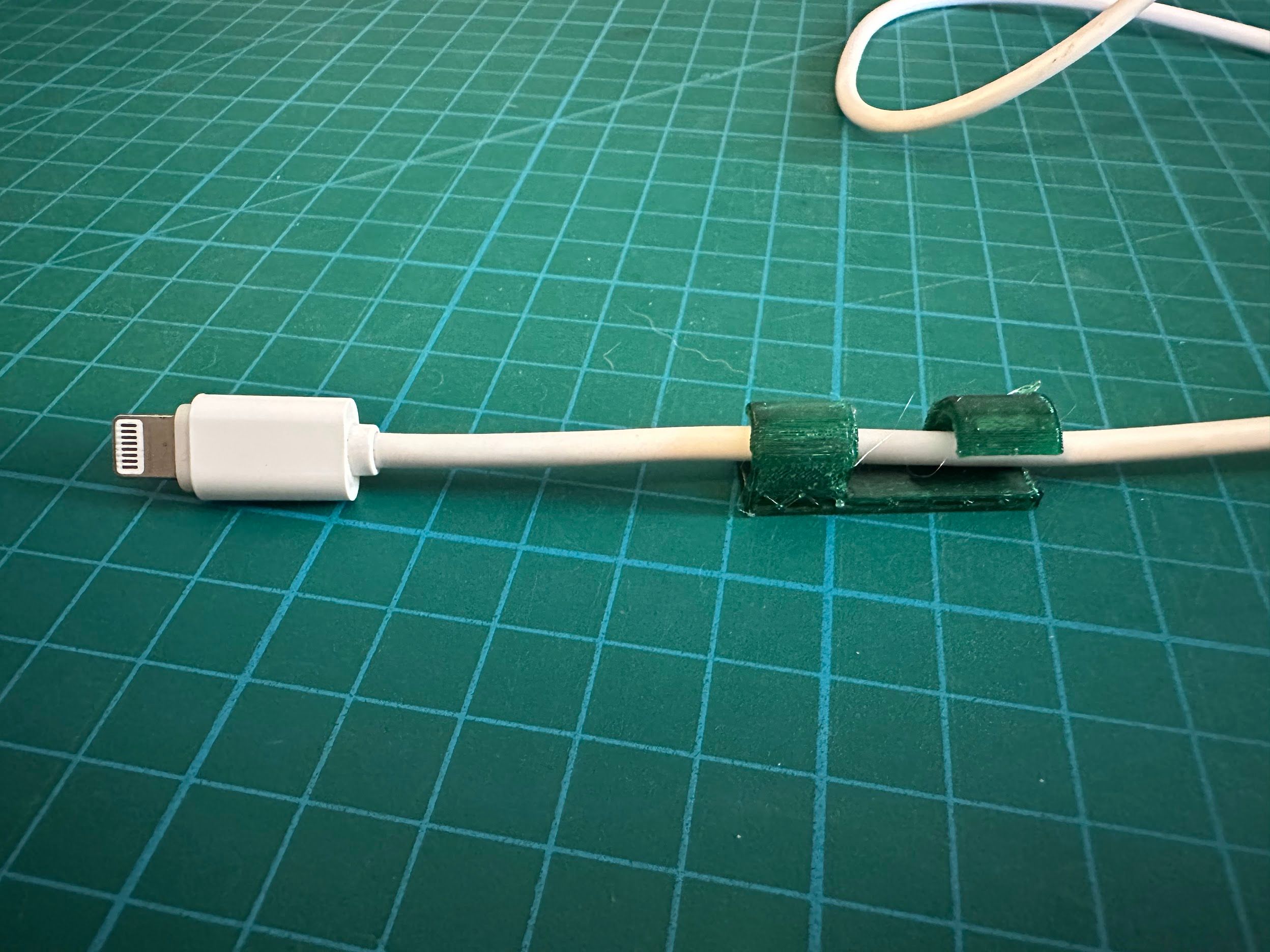
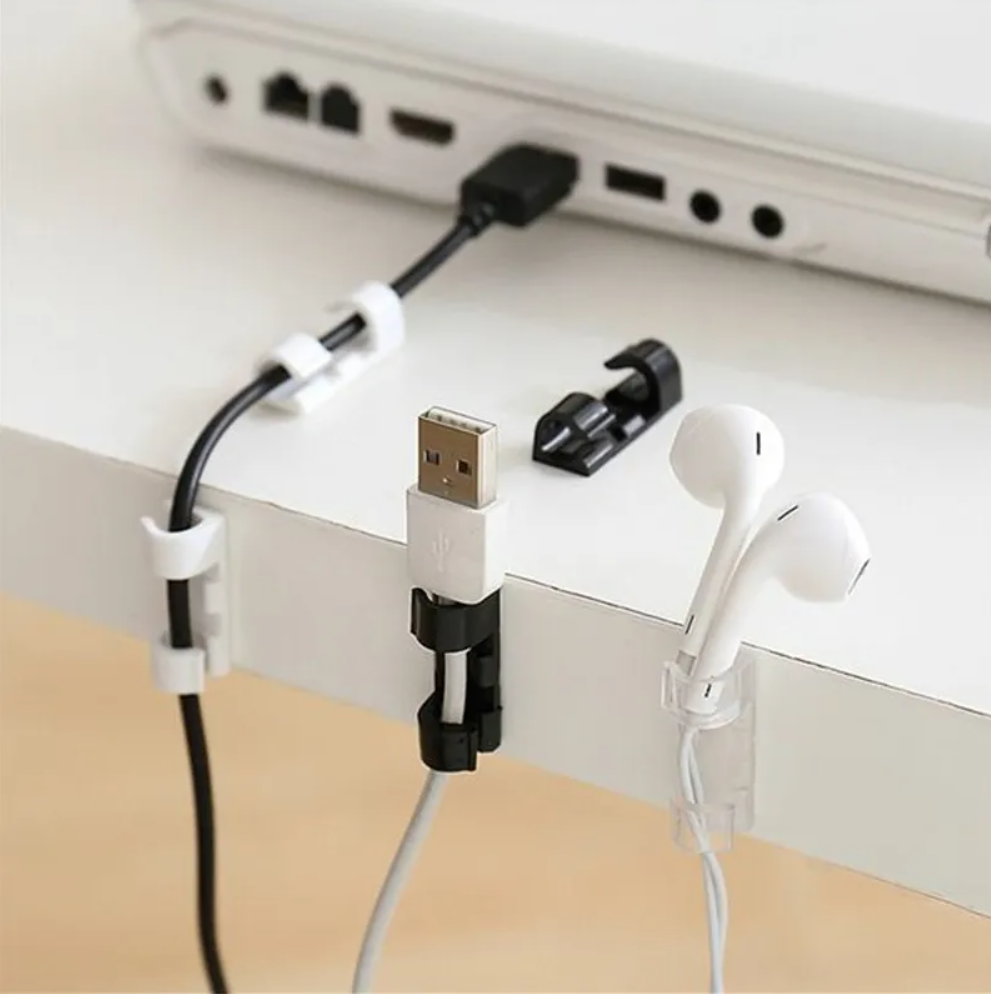
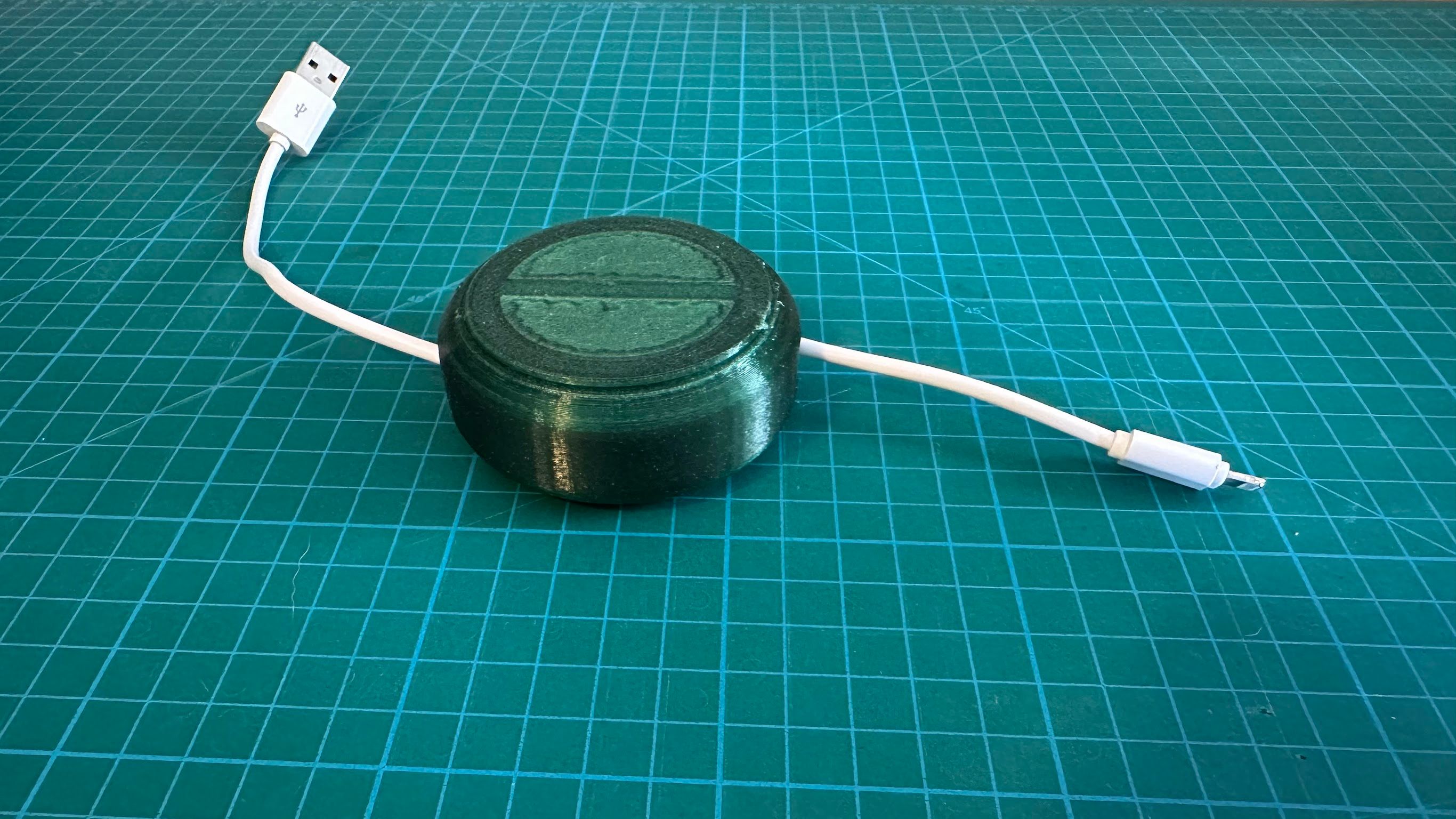
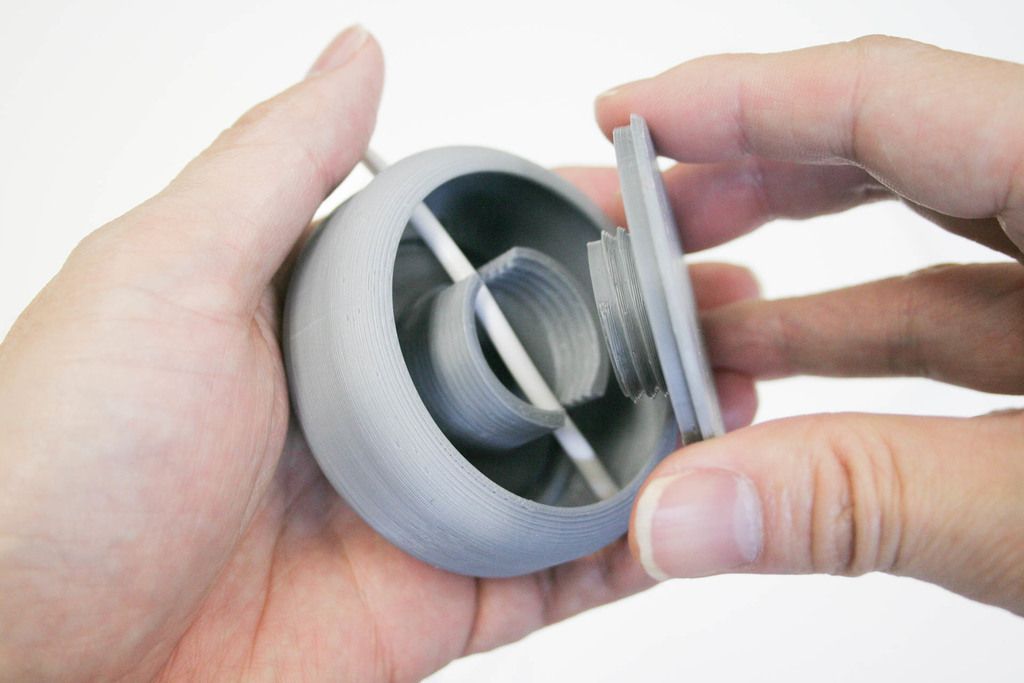
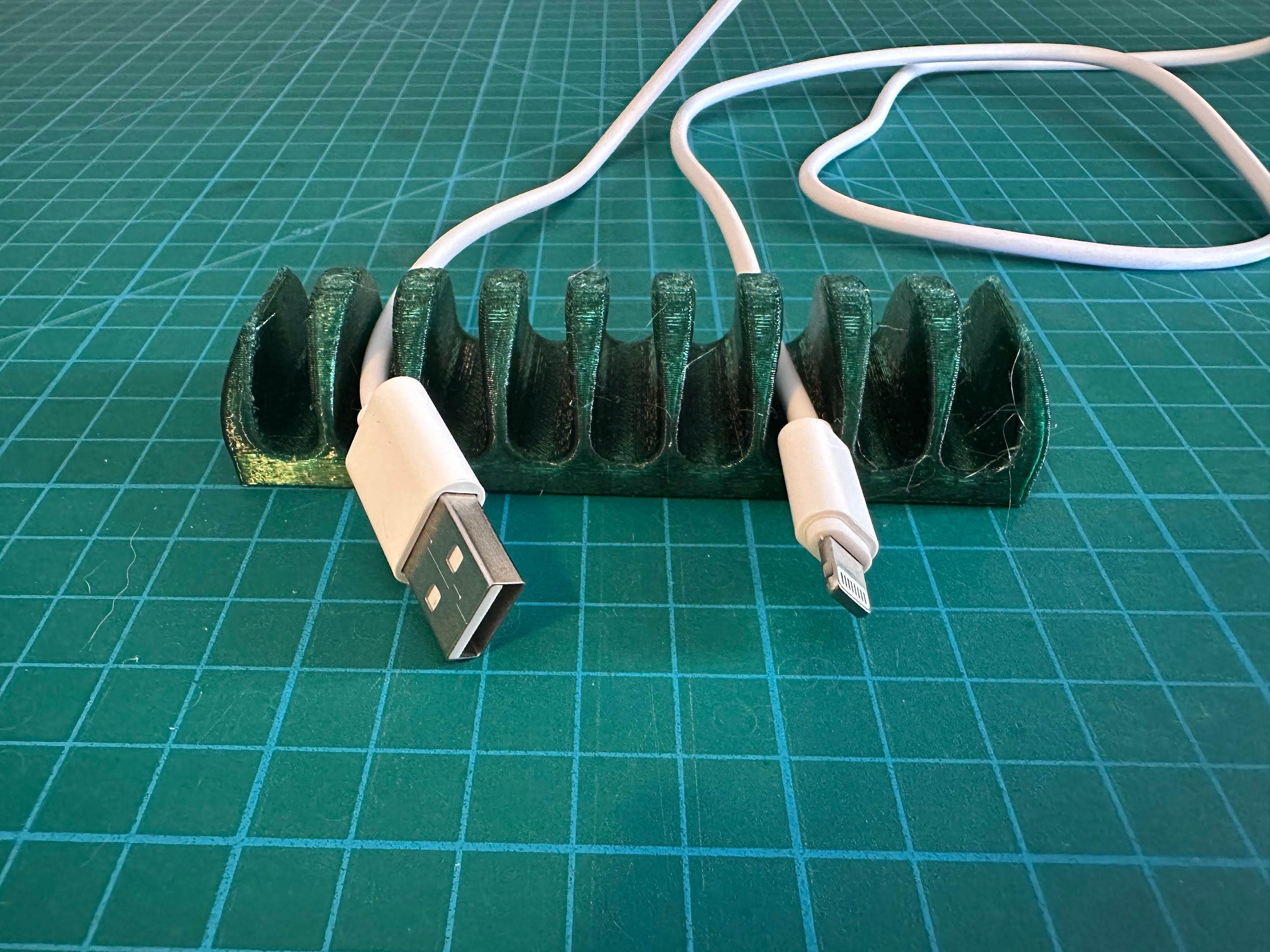


:max_bytes(150000):strip_icc()/twoku-twtich-roku-app-2053432b763a40d788ef726974d9ed2a.png?w=1174&resize=1174,862&ssl=1)


Leave a Comment
Your email address will not be published. Required fields are marked *